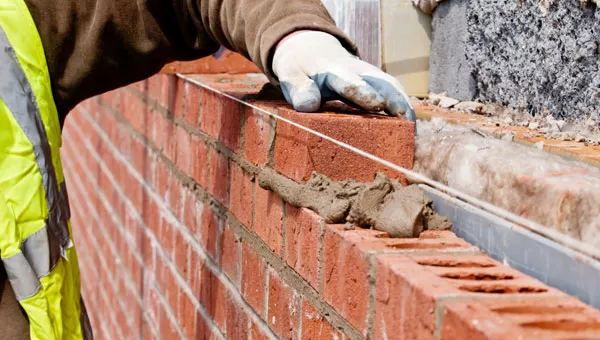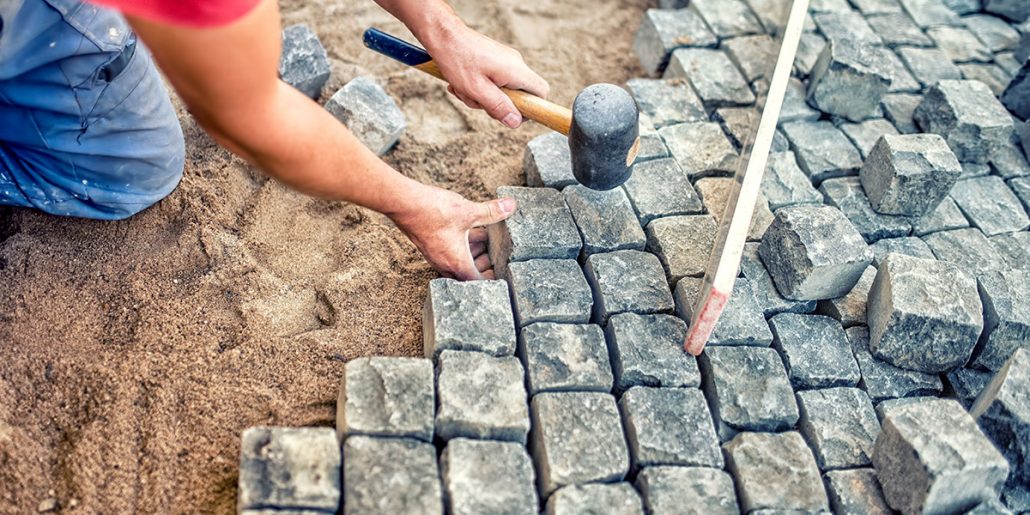Unlocking the Secrets of Sustainable Masonry Construction Practices for Eco-Friendly Buildings
Among the myriad techniques to green building, sustainable masonry building and construction stands out as a tried and true and resilient approach that holds a wide range of untapped potential. From the option of materials to cutting-edge building methods, the secrets to accomplishing sustainability within stonework construction are diverse and appealing.
Advantages of Sustainable Masonry Construction
Accepting lasting stonework building techniques not only reduces ecological impact however likewise provides long-term financial advantages to home builders and neighborhoods. By using materials like recycled blocks, obstructs, and rocks, home builders can considerably decrease the carbon footprint of their projects while promoting resource efficiency. Additionally, sustainable stonework building strategies, such as appropriate insulation and thermal mass residential properties, can enhance power performance within structures, leading to lowered functional expenses gradually.
Additionally, the durability and durability of stonework structures add to long-lasting economic benefits. Buildings built utilizing lasting masonry practices commonly call for much less upkeep and repair service, converting to cost savings for building contractors and residential or commercial property proprietors. The longevity of stonework products additionally makes sure that frameworks continue to be secure and safe, reducing the need for regular restorations or substitutes.
Eco-Friendly Masonry Products
Making use of eco-friendly masonry products is a critical step towards boosting the sustainability of construction methods and reducing ecological influence while taking full advantage of long-lasting economic benefits. Sustainable stonework products are sourced, produced, and utilized in a fashion that minimizes total ecological effect. Lasting concrete obstructs include recycled accumulations and may feature improved insulation properties, contributing to energy effectiveness in structures.
Moreover, natural materials like adobe, rammed planet, and straw bales supply exceptional thermal mass residential properties, minimizing the requirement for home heating and cooling down energy. These products are often locally available, advertising regional economic situations and reducing transportation-related carbon discharges. By selecting environmentally friendly stonework products, building projects can considerably lower their ecological footprint and add to the development of much healthier, more sustainable built settings.
Energy-Efficient Masonry Strategies
Energy efficiency plays an essential role in boosting the sustainability of stonework building practices. By implementing energy-efficient masonry methods, builders can substantially minimize the total energy usage of a building, causing reduced operational expenses and a smaller environmental impact. One vital energy-efficient masonry strategy is using thermal mass, which involves incorporating thick materials like concrete or brick right into the roman slate concrete building's structure to soak up and store heat. This helps regulate indoor temperatures, lowering the demand for mechanical home heating and cooling down systems.

Innovations in Lasting Stonework
Recent innovations in sustainable stonework practices have brought around cutting-edge methods that are improving the construction industry. One such development is the development of self-healing concrete, which makes use of bacteria embedded within the concrete to heal splits autonomously. This development not only decreases upkeep costs yet likewise improves the resilience of stonework frameworks, adding to their sustainability.
An additional significant development is using recycled accumulations in stonework building and construction - masonry contractor. By integrating products such as smashed ceramic waste or recycled glass right into concrete blends, contractors can minimize the environmental influence of building and construction jobs while keeping structural stability. published here This method not just diverts waste from landfills however also conserves natural sources, making it a key advancement in sustainable stonework construction
In addition, the integration of digital layout devices, such as Structure Info Modeling (BIM), is revolutionizing the way masonry structures are intended and created. BIM permits even more accurate estimations, minimized material wastefulness, and improved energy efficiency, ultimately leading to more sustainable structure methods. These developments collectively indicate an appealing future for lasting masonry building in the era of eco-friendly structures.
Future Trends in Masonry Sustainability
With the ingenious strides made in lasting stonework methods, the future patterns in masonry sustainability are poised to more revolutionize the building and construction industry. One of the crucial patterns forming the future of masonry sustainability is the raised assimilation of modern technology. Advancements such as Building Details Modeling (BIM) and digital truth simulations are being used to enhance stonework building processes, causing lowered product waste and improved energy effectiveness in structures.
Furthermore, the development of unique lasting materials is set to play a considerable role in enhancing the eco-friendliness of stonework building and construction. masonry contractor. Advancements like self-healing concrete, recycled accumulations, and bio-based binders are gaining traction for their capacity to reduce ecological effect while preserving structural integrity

Conclusion
In verdict, lasting masonry construction techniques use various benefits for eco-friendly structures. masonry contractor. Developments in lasting stonework are constantly being established to even more improve the environmental efficiency of buildings.